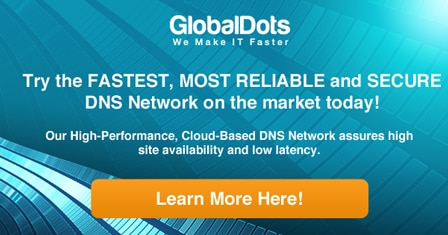When your online business reaches a certain threshold, and demands solid SLA, you will have to consider moving your DNS management out of the default provided by your registrar.
This is the time to look at enterprise grade managed DNS services.
The downside to using a managed DNS service is that you have to start paying for it, and the first question that pops is: How much?
How One AI-Driven Media Platform Cut EBS Costs for AWS ASGs by 48%

You know that your web site gets X hits a month, and it seems simple to plug this number into a formula that will give you DNS sizing and a good forecast of your future costs.
Unfortunately, it is not that simple.

Two factors complicate this forecast.
The first is the architecture of the DNS service.
Recursive caching DNS servers are used everywhere, from the internet backbone and ISPs to the home routers. Combined with a time buffer defined by the TTL, DNS caching has the effect of hiding a large portion of the domain queries from your own DNS.
In simple words, 1M page views on a web site do not translate to 1M DNS queries.
The second factor is that DNS is not used only for web sites, but for all other internet services as well.
For example, email is supported by the special MX records.
In many organizations the level of email usage far exceeds that of web site usage, making the web traffic ineffective as an estimate for DNS queries.
But not everything is unpredictable.
Some DNS vendors let you have a trial before you commit, and during the trial you can get a fairly good estimate of your future costs.
Contact us for more information.







